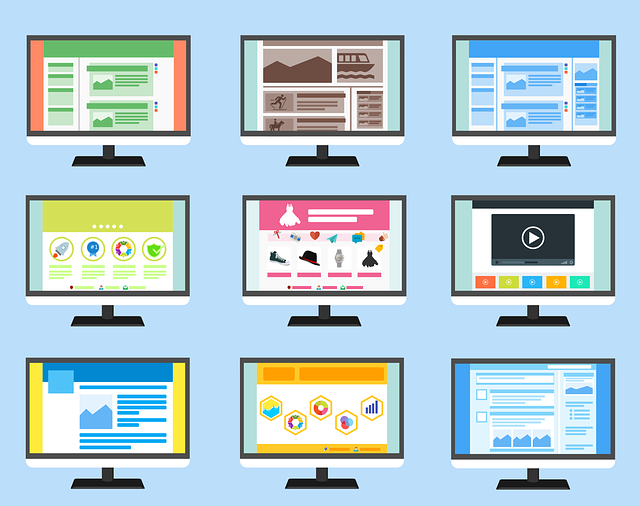Thinking of going digital with your business? With over 50% of the world’s population now online, you need to grow your online presence. A website is one of the most powerful tools for businesses in this digital age as it enables you to reach a broader customer base.
A well-designed website is your online storefront, and your target customers can visit to check out new products, make enquiries or purchases. A professionally designed site promotes more traffic and brand visibility, better SEO results and higher conversion.
A poorly designed website, on the other hand, hampers your marketing efforts and gives a low ROI. To help you create a great website, this guide highlights some common web design mistakes you should avoid when building your business website.
This is a contributed post. Please refer to my disclosure for more information

Too Much Clutter
Of course, you want visitors to your site to see everything on offer, but this has a downside. If you have too much going on, site visitors will most likely click away. Too much clutter is a turn off for internet users as they want to find stuff fast.
If you have tons of text, images, and videos, the site will also take too long to load. When building your website, focus on a lean and neat layout where the most important aspects stand out.
Lack of Clear Call to Action (CTA)
Failure to include a CTA on all website pages is a common blunder on small business websites. A call to action (CTA) is critical as it gets visitors focused on what their next step should be after visiting a page on your website.
You should have a clear prompt for the visitor, and it must be clearly displayed. For instance, you can tell users to ‘add to cart’, ‘click’, ‘share a link’, ‘buy now,’ ‘sign up,’ or any other phrase that prompts action. It is this call to action that helps you meet any objectives you have when building your website. For instance, if the objective is to boost lead generation, a ‘sign up’ call to action does the trick.
Non-Responsive Web Design
There are over 4.78 Billion mobile phone users in the world today. Many of these users now go online using their devices, and this is a fact you must remember when designing a business website. Many new businesses create traditional websites, and this excludes mobile users.
A responsive web design adapts to a device’s screen size and this means everyone can visit your website easily. Failure to use responsive web design limits your market reach or deliver a poor user experience for mobile and tablet users.
Weak SEO
Search engine optimization (SEO) is an integral component of digital marketing. If you want to attract quality traffic to your website, you have to use the best practices to rank highly on search engine result pages (SERPs).
Good web design integrates SEO features such as:
- Easy navigation
- Search-friendly URL
- Image Alt attributes
- Great site speeds
- Multiple types of fresh content (images, videos, lists, and text)
- Add meta descriptions,
- Social media integration
- Proper keyword placement
- Quality inbound links
Social media integration is key so that you can use your website as an effective tool in your business branding strategies.
Failure to Leverage Data Analytics
A good website should harness the power of analytics for more growth. In today’s data-driven world, it is crucial to integrate data analytics tools on the web design to guide the web admin in decision making. Such data will help improve different aspects of your website.
Your website is an investment, and by incorporating analytics tools, you can analyze progress and measure success. For instance, you can tell which pages convert more or the most impactful CTAs. Google Analytics is one of the most common analytics tools and can make all the difference on your website.
Overuse of Pop-Ups
While pop-ups are great for maintaining a neat web design, overusing them is also counter-productive. Users get frustrated when pop-ups keep interrupting their browsing, and they might click away.
The original use of pop-ups was to avoid adding too much information on a page. However, if you overuse them, they will disrupt the user’s experience and inevitably turn them away. To avoid this eventuality, use pop-ups for promotions and only when absolutely necessary to keep the visitor on the page.
Final Thoughts
A website is an invaluable tool for your online business. With so many sites in your target market, you have to invest heavily in excellent web design to stand out from the crowd. An impressive web design boosts your business’ success in the highly competitive online marketing landscape. It gives you an edge over the competition and earns you customer trust.



